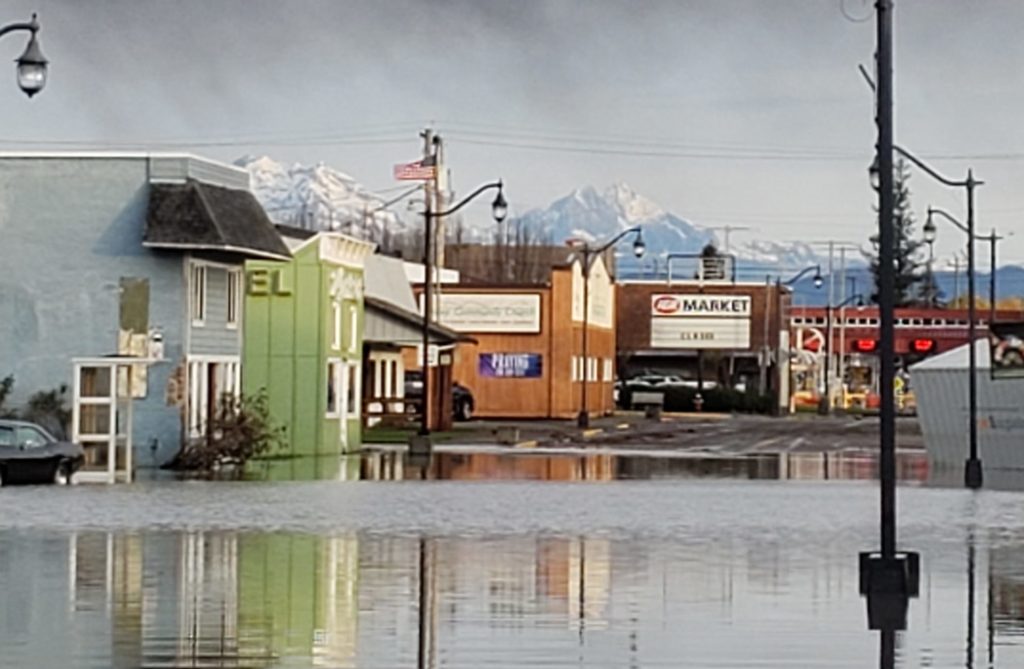Community Development Block Grant Disaster Recovery (CDBG-DR)
In November 2021, the U.S Department of Housing and Urban Development (HUD) announced it was awarding Washington State Department of Commerce $30,823,000 in funding to support long-term recovery efforts subsequent to the 2021 Western Washington Storm and Floods (2021 WWSF). CDBG-DR funds were allocated in response to FEMA DR-4635 through the publication of Federal Register, Vol.87, No. 100, May 24, 2022 (87 FR 31636) and Federal Register, Vol.88, No.11, January 18, 2023 (88 FR 3198), made available through Public Laws 117-43 and 117-180.
CDBG-DR funding is designed to address needs that remain after all other assistance has been exhausted by funding long-term recovery and mitigation efforts in the HUD identified most impacted and distressed area (Whatcom County). Commerce is coordinating with local, state, tribal and federal partners to prioritize the use of funds within these funding parameters to support programs that provide long-term recovery assistance and mitigate disaster risks and reduce future losses.
For more information, see HUD Exchange- CDBG-DR Programs and HUD CDBG-DR Laws, Regulations, and Federal Register Notices.

Photo Credit: Whatcom County Sheriff’s Office Division of Emergency Management
From November 5 through December 2, 2021, Washington experienced intense and sustained storms caused by a series of atmospheric river events originating from the Gulf of Alaska. Over these 27 days, the National Weather Service issued hundreds of weather warnings about periods of high winds, intense rainfall, flooding, and landslides throughout western Washington. Residences, businesses, and infrastructure throughout Clallam, Skagit, and Whatcom counties were significantly impacted, with Whatcom sustaining the most severe damages.
On December 17, 2021, Governor Jay Inslee requested a major disaster declaration due to flooding and mudslides during the period of November 13-15, 2021, for counties in northwest Washington and three federally recognized Indian tribes. On January 5, 2022, President Joseph Biden approved Governor Inslee’s request for a Presidential Disaster Declaration for the disaster-impacted areas.
Commerce is the lead agency and responsible entity for administering $30,823,000. In CDBG-DR funds allocated for disaster recovery.
These programs include:
- Housing
- Infrastructure
- Resilience Planning
- Mitigation
- Administration
Citizen Participation Policy
CDBG-DR Grant Administration Manual- Duplication of Benefits, Procurement, Website, Financial Management and Auditing. Complaints, Appeals, Preventing and Reporting Fraud, Waste & Abuse.
Please Note: These documents have been remediated with regard to accessibility in order to meet applicable State law. As a result of the remediation process, the appearance of the document may be slightly different than the original executed hard copy, however, remediation does not and will not change any verbiage of the signed agreement, so the version posted on this website is identical in deliverables, milestones, terms, and conditions to the non-remediated version. Should an electronic scanned copy of the original executed document be needed, please send your request to us at the following email address:
CDBGDisasterRecovery@commerce.wa.gov
Through this Notice, HUD seeks to:
- Advance equitable distribution of assistance, including planning for targeted assistance to residents of underserved communities, members of protected classes under fair housing and civil rights laws, and vulnerable populations who have been historically marginalized and can be adversely affected by disasters that often exacerbate existing inequities
- Improve long-term community resilience by:
- Fully integrating resilience planning and hazard mitigation activities into disaster recovery to reduce the impacts of climate change and future disasters
- Encourage green recovery efforts (focusing on healthier water and air, and effective debris and waste management)
- Address environmental justice concerns associated with disaster recovery efforts
- Address recovery needs for accessible, resilient, and affordable housing for low- and moderate-income persons
Source: 6326-N-01 Allocations for CDBG-DR & Consolidated Waivers and Alternatives (PDF)
Program Links
Resources
Contact
Nicole Patrick
CDBG-DR Program Manager
206-713-6997
nicole.patrick@commerce.wa.gov
Questions or Interested in grant updates?
Sign up for the CDBG-DR electronic distribution list:
Email: CDBGDisasterRecovery@commerce.wa.gov
